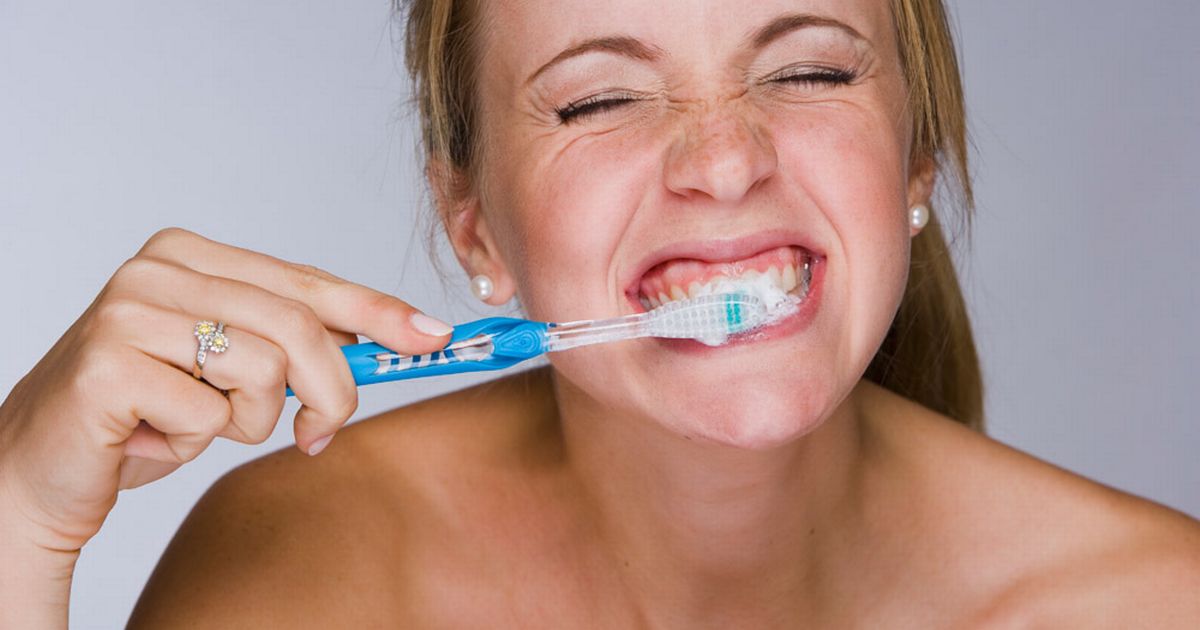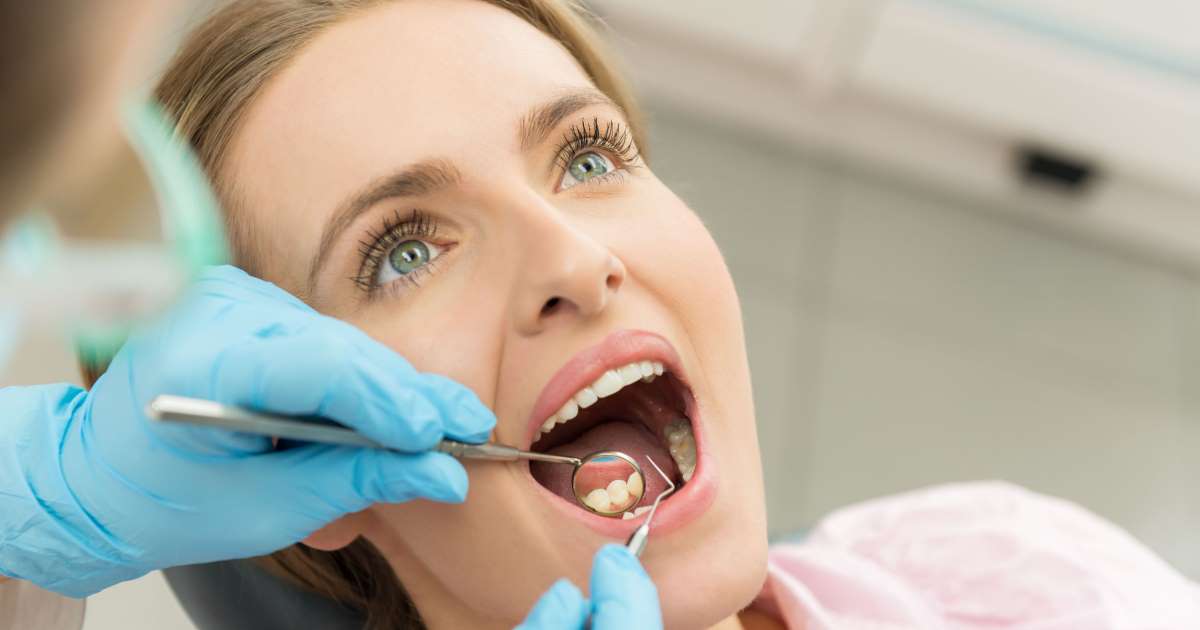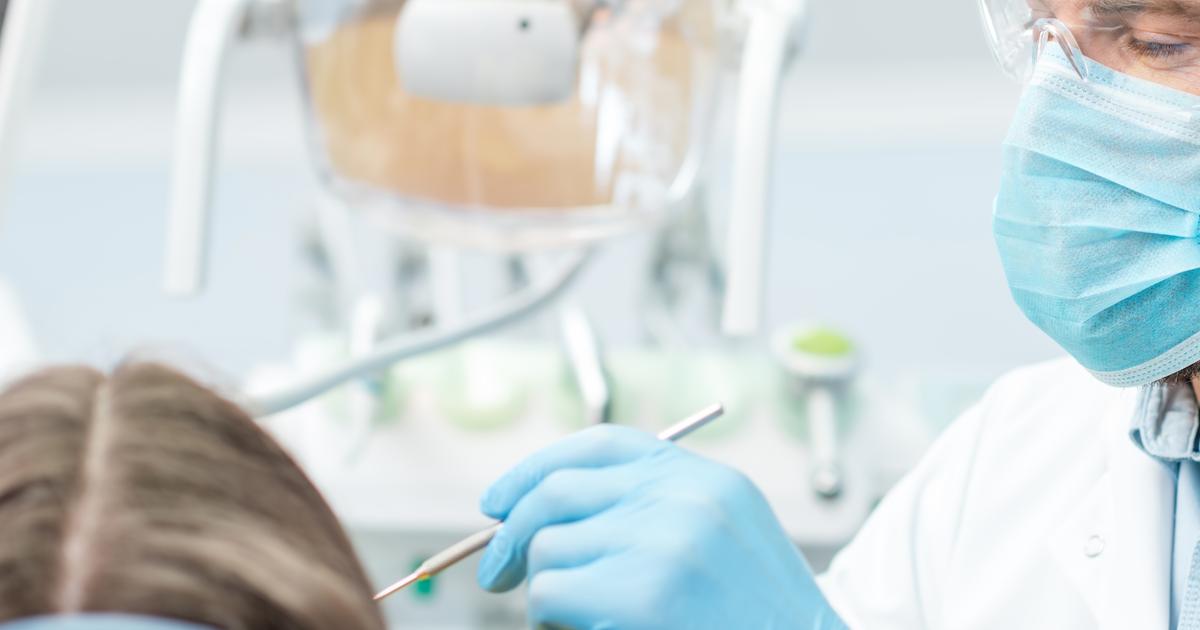Guide To Treating Sialorrhea
Sialorrhea is the medical term for excessive salivation or drooling. This problem is commonly found in children with neurological impairments, as well as in adults who have had a stroke or those with Parkinson's disease. The most common cause is difficulty controlling the facial and oral muscles. There are also several contributing factors, including excessive secretion of saliva, postural problems, teeth problems, and difficulty with recognizing when saliva is spilling. Sialorrhea can have multiple physical complications like dehydration, odor, and chapping. It can also cause social complications due to stigmatization, which can be detrimental to an individual's quality of life.
Proper Oral Hygiene

One of the ways to treat sialorrhea is through proper oral hygiene. This won't necessarily rectify the problem entirely, but it can help. It's important to note, though, sialorrhea is not a sign of poor dental hygiene. Hygiene procedures can help to treat certain complications from excessive drooling. For example, they may help with dehydration or with the germination of bacteria that occurs due to dehydration. Wearing lip balm can help chapped lips. Most dentists recommend brushing one's teeth twice a day, which helps prevent cavities and decay from forming.
While many individuals brush in the morning, they may neglect to brush at night. It's important to brush teeth before bed because plaque and germs accumulate during the day. If individuals aren't swallowing their saliva, the dryness in their mouth makes the bacteria breed even more voraciously. An electric toothbrush tends to be more effective than a manual one, and it may be easier for individuals with neurological impairments to operate. While fluoride toothpaste isn't recommended for young children, it is a good choice for adults.
Cavity Filling

It's recommended for individuals to see a dentist for a regular cleaning and routine checkup every six months, though some patients with certain mouth conditions may need to see their dentist more often. During these checkups, the dentist can check for cavities. Cavities should be filled as soon as possible to prevent further tooth decay and pain. A cavity is a hole in the tooth caused by decay. This hole still contains bacteria that created the decay in the first place.
If the bacteria is left unchecked, it will keep spreading and damaging the tooth. The cavity will get bigger, teeth will become more sensitive, and individuals may eventually lose the affected tooth entirely. A filling removes this bacteria and plugs the hole so more can't fester. This is a preemptive procedure that helps prevent patients from developing worse complications in the future. After carefully removing the bacteria, the dentist will fill the hole. The majority of today's fillings are created out of composite resin, though some might be made of glass ionomer or silver amalgam.
Certain Oral Medications

Certain oral medications have been approved for the treatment of excessive salivation, such as incobotulinumtoxinA, which is a neurotoxin created out of the bacteria responsible for botulism. The substance works by blocking the nerve signals to the muscles, which causes muscle activity to be temporarily reduced. In Parkinson's patients, the medication can be used to treat severe neck muscle spasms and muscle stiffness in the toes, ankles, fingers, wrists, or elbows.
It can treat eye muscle issues related to nerve disorders. It's also used for chronic drooling. In patients with sialorrhea, it's used to stop the salivary glands from producing so much saliva. Another medication used is botulinum toxin type B, which is derived from the same bacteria and also causes a blockage in nerve activity. Like the other medication, this medication can be used to treat drooling by blocking muscle activity in the oral muscles or salivary glands.
Injections

Certain neurotoxins can be injected to treat sialorrhea. Neurotoxins are agents that cause the temporary paralysis of parts of the nervous system. When undiluted, they can be very dangerous. In fact, some of the most dangerous substances for humans in the world are neurotoxins. However, when the substances are broken down and diluted into much smaller pieces, they can be used to provide muscle relief. Neurotoxin injections cause a temporary pause in the nerve conduction around a muscle. Since the nerves can't communicate with the muscle, the muscle is paralyzed.
The majority of neurotoxins on the market cause temporary effects that will need to be repeated over time. The length of time the medication works will vary depending on the substance. Some can last for between six months and a year. When botulinum toxin A is injected into the salivary gland, the effects can last for up to nine months. One study of children with sialorrhea showed injecting this medication led most patients to have a more than fifty percent reduction in drooling nine months after the initial injection.
Salivary Gland Surgery

There are some surgical treatments available to help control excessive drooling, though whether these are covered by insurance will depend on whether the patient meets the criteria previously outlined by their health insurance company. Most health insurance companies will require the patient to try drug therapy and physical therapy first. Surgery can be done to excise the submandibular gland, and there's also a surgery called four-duct ligation surgery. Other surgeries include parotid duct diversions, relocation of certain ducts, or a tympanic neurectomy.
The ideal procedure will vary depending on the patient's circumstances. The underlying cause of the drooling must be considered, as must the age of the patient, the gland most responsible, the invasiveness of the potential surgeries, the recovery time, and the potential for complications or side effects. Surgical correction of drooling will typically only be considered necessary if the drooling is causing significant physical complications. Social distress alone will render it a cosmetic procedure.
